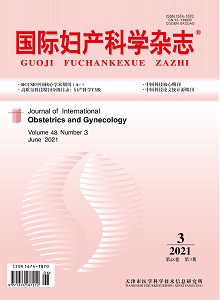Cervical intraepithelial neoplasia has been confirmed as a precancerous lesion of cervical cancer. In 2014, WHO changed the three-level classification of cervical intraepithelial neoplasia, dividing it into low-grade squamous intraepithelial lesions and high-grade squamous intraepithelial neoplasia. Among them, high-grade squamous intraepithelial lesions of the cervix have the potential to become cancerous and are prone to progress, which seriously threaten the physical and mental health of Chinese women. At present, the common surgical methods of cervical cold knife conization and circular electric resection are used to treat high-grade squamous intraepithelial lesions. Generally, good treatment results can be achieved, but intraoperative and postoperative bleeding and incision infection may still occur. Cervical stenosis, endometriosis, intestinal injury and other complications may also occur. Relevant studies have shown that human papillomavirus (HPV) classification, positive resection margins, and menopausal status are closely related to the risks of postoperative lesions, recurrence, and progression, which can help predict adverse outcomes after cervical conization, strengthen the centralized management of such patients, prevent and block the path of disease progression in advance, and reduce the prevalence and mortality of cervical cancer. At present, the safety and effectiveness of the preventive HPV vaccine have been fully affirmed, and it has significant effects on reducing HPV infection and preventing postoperative disease recurrence. However, the effect of postoperative vaccination in patients with cervical lesions needs to be explored.

